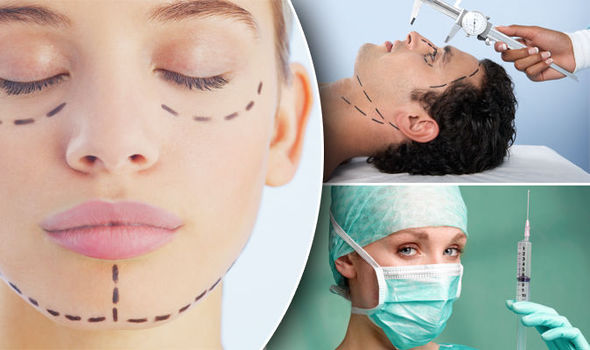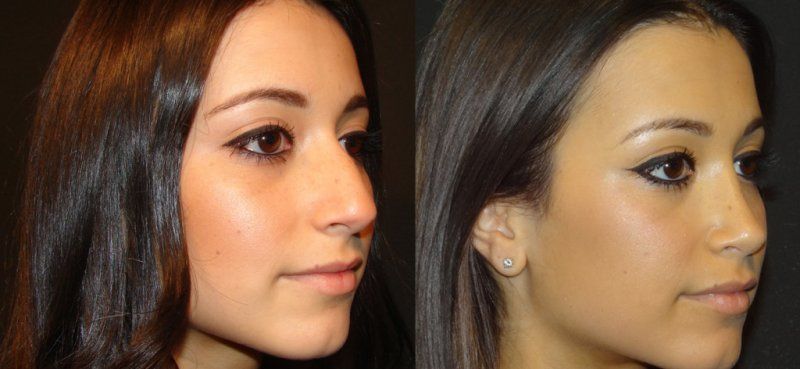
You need to be aware of the following important facts if you are considering genioplasty. This procedure can be very risky and you should fully understand your options. This article will provide an overview of Osseous and sliding genioplasty. What to expect after your procedure is also important.
Osseous genioplasty
Osseous Genioplasty is a popular cosmetic procedure for women looking to improve their appearance. The procedure is performed within the mouth, so there are no visible scarring. It generally takes an hour to complete, and can be performed alone or as part of a facial surgery. Patients can choose to have the procedure performed by themselves, or together with other types. To learn more about osseous genioplasty, read on.
An osseous genioplasty is usually part of a larger procedure, such as a push-back or side-to-side movement. The results were well received by most patients. Patients should be free from any active dental infections prior to the surgery. These can affect the jaw's integrity. Patients should also disclose any past orthodontic or orthognathic surgery, as well as any medications or smoking habits.

Sliding genioplasty
First, your medical history will be reviewed and questions asked about your expectations for the results of sliding genioplasty. To determine your surgical options, X-rays and CT images of your jaw may be taken. The procedure of sliding genioplasty can be performed quickly and safely once you have selected a surgeon. However, there are some possible complications. Most common complications are bleeding, infection, and adverse reactions to anesthesia. Pre-operative instructions should be followed carefully to reduce the chance of complications.
Your surgeon will first perform a cephalometric scan. Then, they will measure your chin. Cephalometric measurements help determine if you have overprojection, underprojection, or transverse asymmetries. The surgeon will also take standard facial photographs to evaluate your asymmetry in the transverse dimension. A sliding genioplasty may be the right choice for you if you have one of these problems.
Nonsurgical Genioplasty
Nonsurgical genioplasty is a great option if you are looking to increase the size of your chin without having to go through a full surgical procedure. This cosmetic surgery involves removing part of the jaw bone and repositioning it forward. This procedure is challenging and requires the use of screws and plates to keep the jaw in place. Nonsurgical, on the contrary, is more straightforward because the surgeon treats your own bones.
Nonsurgical Genioplasty is available in two options. The sliding technique involves the doctor making an incision under your chin or lower lips. The other method is to reposition the chin bone using wires. This method is performed on people who have retrogenia and a severely receding chin. The type of procedure performed and the corrections made will affect the recovery time.

Risques of genioplasty
Genioplasty, despite the many advantages, can be dangerous. Numbness below the lower lip and chin are possible. This may persist for weeks to months and could even be permanent. The brain can adapt to the numbness, which is a common side effect of this procedure. If the bleeding or pain continues, the surgeon should be consulted and patients should continue to follow their instructions.
While there are many complications associated with genioplasty, the most common one is temporary neurosensory disturbance of the inferior alveolar nerve. These complications can be avoided by careful preoperative counseling and informed consent. Some procedures, like the sliding genioplasty, move the chin bone forward. This procedure is not recommended if you have any medical conditions, or are planning on having a genioplasty.